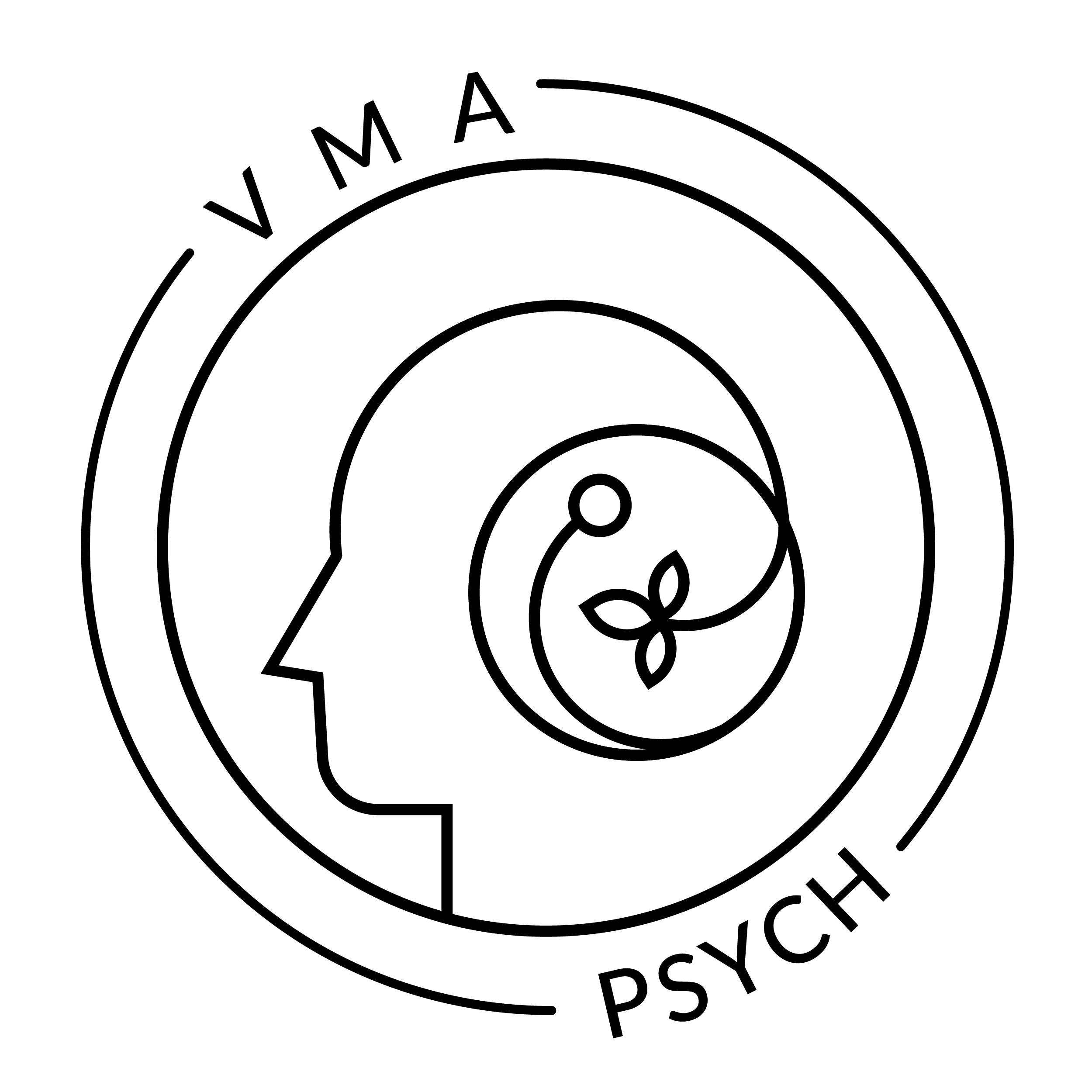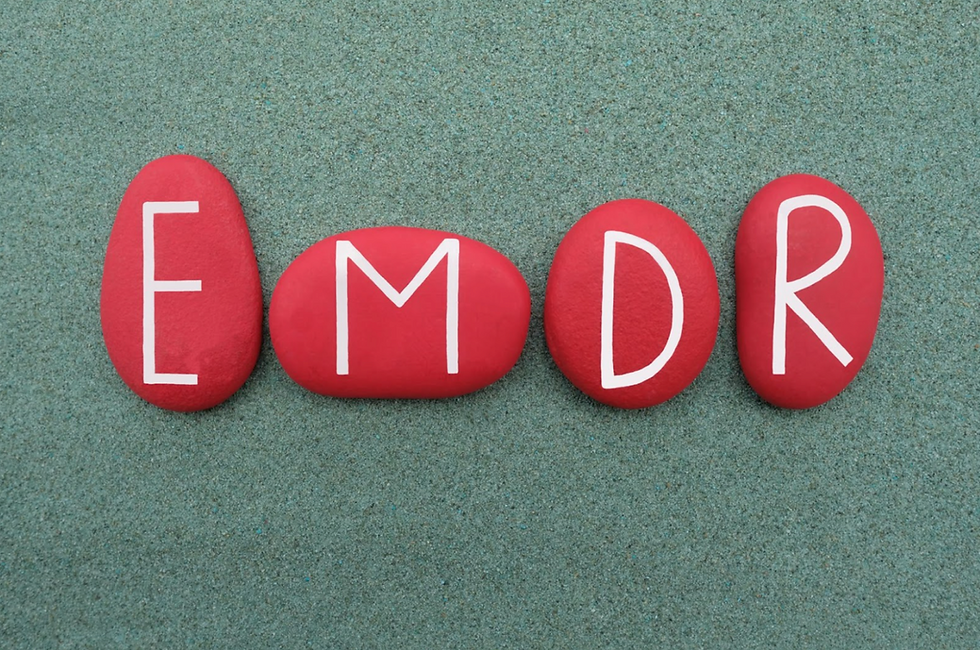
Art therapy offers children a creative, non-verbal outlet to express and process their emotions in a way that feels safe, engaging, and therapeutic. In this article, we’ll explore how art therapy can help children navigate and process complex emotions, fostering resilience and emotional growth.
What Is Art Therapy?
Art therapy is a therapeutic practice that combines the principles of psychology with the creative process of making art. It allows individuals, especially children, to express themselves in ways that words may fail to capture. Unlike traditional talk therapy, which relies on verbal communication, art therapy provides children with a visual or tactile medium to express feelings they may struggle to put into words.
Art therapy is particularly effective for children who face challenges verbalizing their emotions, whether due to age, developmental stage, or traumatic experiences. Through drawing, painting, sculpting, or other art forms, children externalize their feelings, creating a physical representation of their inner experiences.
By providing a judgment-free space for self-expression, art therapy helps children understand their emotions, develop emotional awareness, and build essential problem-solving and coping skills.
The Role of Art Therapy in Emotional Expression

One of the most significant aspects of art therapy is its capacity to facilitate non-verbal communication. For many children, especially younger ones or those who have faced trauma, verbalizing emotions can be daunting or even impossible. This is where art becomes a powerful tool—art allows children to express what they cannot yet say with words.
Non-Verbal Communication
Art therapy serves as a bridge between a child’s internal world and their ability to communicate. For instance, a child feeling sadness might draw dark, swirling shapes, while another experiencing anger might use bold, jagged lines. These creations offer insight into a child’s emotional state and provide a starting point for understanding and managing their feelings.
By translating abstract emotions into visual representations, art therapy helps children process overwhelming emotions and regain a sense of control. For children with ADHD, anxiety, or difficulty with emotional regulation, the act of creating art can have a grounding and calming effect.
Safe Expression
Art therapy provides children with a safe, creative outlet to express and process their emotions in a way that feels engaging, therapeutic, and collaborative. Instead of the traditional structure of talk therapy—where a therapist and client sit across from one another—art therapy shifts the focus to the art itself. This approach reduces pressure on the child, offering a natural and non-intimidating way to connect and heal.
For families seeking art therapy, VMA Psych offers a compassionate and supportive space where children can explore their emotions while building healthy strategies for emotional regulation and resilience.
Processing Big Emotions Through Art Therapy
Art therapy goes beyond creating artwork; it helps children identify, regulate, and manage their emotions effectively.
Identifying Emotions
Art therapy often begins with activities that help children identify and label their emotions. One popular activity involves creating an “emotion wheel”—a visual tool that represents different emotions with corresponding colors, shapes, and facial expressions. This activity helps children connect with their feelings and gain a better understanding of what they’re experiencing.
By creating art that represents a specific emotion, children can begin to recognize and label their feelings. This is an important step in emotional regulation, as identifying emotions is the first step in managing them. A child who can recognize that they are feeling anxious or sad is better equipped to take steps to address those emotions. Art therapy helps children build emotional intelligence, an essential skill for coping with stress, frustration, and interpersonal conflicts.
Regulating Emotions
The creative process has a calming effect on the brain. Engaging in art allows children to release intense emotions constructively. Making art can be both soothing and cathartic, allowing children to channel intense emotions into a manageable form.
An example of this would be a child who is feeling angry engaging in vigorous painting or drawing, using bold, rapid strokes to express their frustration. As they work through the creative process, they may begin to feel a sense of release, reducing the intensity of their anger. This can create a sense of relief and emotional clarity, allowing the child to feel more in control of their emotions.
Over time, art becomes a valuable tool for self-soothing and emotional regulation. By incorporating art into their daily routines, children can build a creative toolkit of emotional regulation strategies that they can rely on when faced with overwhelming emotions.
Developing Coping Skills
By working through challenges in their art projects, children learn valuable coping skills. The process encourages mindfulness, creativity, and self-reflection, empowering them to face life’s difficulties with confidence.
Benefits of Art Therapy for Children

Art therapy offers a wide range of benefits for children, especially when it comes to emotional and psychological development. Here are some of the key benefits:
Reduced Pressure
The focus on art shifts attention away from the therapist, creating a relaxed environment where children feel more comfortable sharing.
Enhanced Emotional Intelligence
Through regular expression and reflection, children build emotional awareness and develop the tools to manage their feelings.
Improved Communication Skills
Art therapy helps children communicate their emotions more effectively, whether through art itself or verbal discussions inspired by their work.
Boosted Self-Esteem
The creative process itself can be empowering. Successfully completing an art project or expressing themselves through creative means can boost a child’s self-esteem and sense of accomplishment. This can build confidence, which can help children feel more capable of handling life's challenges.
Practical Art Therapy Activities
Art therapy can take many forms, depending on the child's needs and the therapeutic goals. The most important thing is the child having a medium for expression and connection. With that said, there are a few practical activities that can be done at home to help children explore their emotions:
Emotion Masks: Children design masks representing different feelings, helping them explore their emotional world.
Magazine Photo Collage: Selecting and arranging images allows children to create a visual narrative of their experiences.
Personal Flag Design: Designing a flag that symbolizes their dreams and values promotes self-discovery and identity-building.
For more ideas on practical art therapy activities, check out our 10 Art Therapy Activities For Kids
Integrating Art Therapy into Daily Life
Parents and educators can integrate art activities into everyday life to help children process emotions:
At Home: Encourage children to draw, paint, or craft as a way of expressing themselves. Ask open-ended questions about their artwork to foster conversation and emotional reflection.
In Schools: Teachers can integrate art projects that focus on emotional expression to support social and emotional learning.
Experience Art Therapy with VMA Psych
At VMA Psych, we offer tailored art therapy services designed to help children navigate their emotions and build resilience. Our licensed professionals provide a collaborative, supportive space where creativity meets healing.
Contact us today to start your child’s journey toward emotional well-being and self-discovery.
Welcome to VMA Psych.
Your trusted provider of exceptional mental health services in the GTA & beyond. Learn More
With 40+ years as Toronto's leading psychologists, we guide individuals through life's complexities, offering specialized services for a brighter future.





















